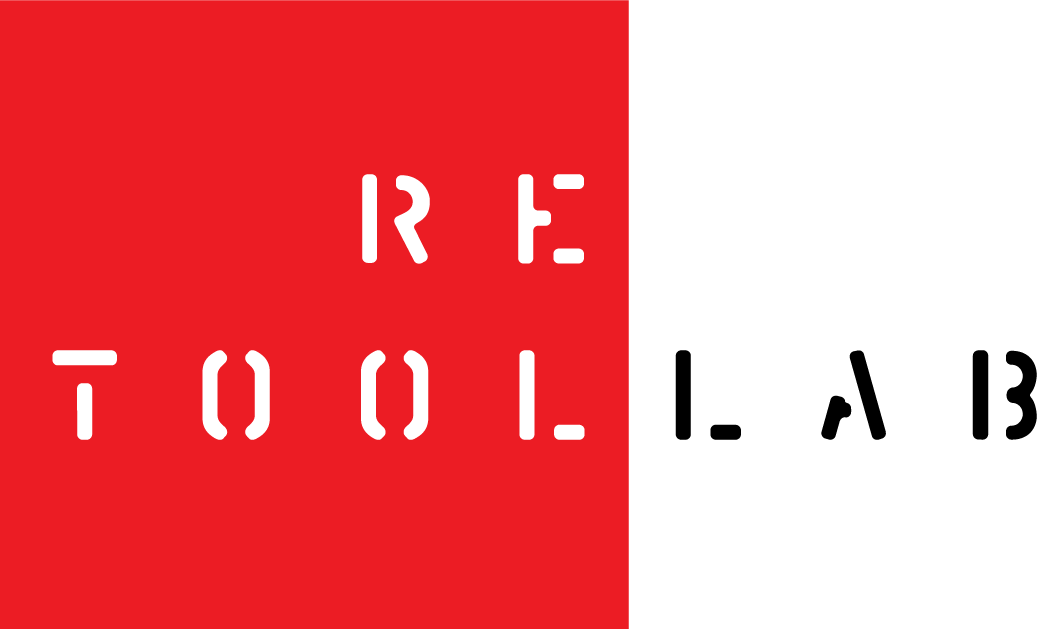A cultural ecosystem
Divining the Canadian identity is an endless process. We’ve always used storytelling to convey who we are as a country, but can we figure out how to effectively leverage it to engage new audiences in this Age of YouTube?
Pablo Rodriguez thinks so. When the Department of Canadian Heritage recently hosted a National Culture Summit to spark a culture revival, the ebullient Heritage Minister declared “it’s time to modernize” Canadian content and be open to new ways of doing things: technology, he says, can help us “defend our culture in order to be better.”
I hope museums are listening: for now they’re operating in crisis mode and without any evident source of new ideas to help them recover, they are caught in the weeds.
At the Summit’s end, interim head of the Canadian Museums Association, Massimo Bergamini, boldly asked Rodriguez for a new museums policy. One was already in the works, but if the museum sector wants to play an important role in healing the country it is going to have to bring some innovation to storytelling: to create new narratives that renew the story for a new age of listeners.
Maybe the policy is necessary; they need new ideas and permission to act on them. But Valerie Creighton, CEO of the Canadian Media Fund was more direct: “It won’t be policy that changes things,” she said, “it is storytellers” whose products can help Canada stand out in a sea of content.
Museums don’t really tell their stories beyond their buildings and don’t reach broader audiences. And that’s where they make a mistake.
The true artifact is actually the story.
– Corey Timpson
Creighton sees unprecedented opportunities for content: the demand for stories is higher than it has ever been. People want to see new ideas, she says, and we have stories that can travel the world – but “our structures aren’t responsive.”
So build the structure. Cultural organizations are in the ready position – almost – to help maximize the distinctiveness and reach of the Canadian brand. The government is looking to cultural industries to help advance their priorities, specifically national branding. A brand is a strategic signpost saying who are we? Where are we going? How do people see us? Where do we fit in the world?
To do that effectively the government needs cultural people to see themselves as a single ecosystem. Cultural institutions may sometimes be strange bedfellows but its time for them to work together.
“We are an ecosystem,” says Simon Brault, CEO of the Canada Council, although “we aren’t organized that way.” TIFF’s CEO, Cameron Bailey, says his organization gets Canadian stories out to Canadians, but acknowledges “we can only show the films that get made.” To get more content the system needs to evolve. As Bailey says, “We need to work together to figure this out.”
The problem is traditional gatekeepers are no longer in control: just giving people what they want, and not exposing people to local content means Canada is getting lost in what Cory Doctrow long-ago dubbed “the wilderness of voices.” There is a new generation of media concentration and the marketplace won’t protect us; streaming platforms seem democratic, but algorithms have unintended consequences. Alain Saulnier, the former director of Information for French Services at Radio-Canada, and now a professor at Université de Montréal, says “we cannot be played by American algorithms and content.” The platforms have no social responsibility and Saulnier accuses them of “behaving like conquerors.”
The new gatekeepers make it hard for local stories to break through the clutter. Jeffrey Remedios, CEO at Universal Music Canada says we need more of our own stories so we can find “the local town square.” Remedios, a self-described product of Can-Con, says he believes “Canada needs more Canada.”
How do we find and build and grow communities?
Museums need to calibrate themselves differently – so does everyone else. “We need to work together to do this,” says Saulnier, “we need a framework so we can cohabitate with the Internet giants.”
This means some kind of regulation in Canadian culture is critical, and that’s the point of Bill C-11, which will change streaming services in Canada to help keep Canadian culture alive. There will be more money to support new content so Canadians can tell their own stories more widely. Rodriguez is imploring the industry “get ready to produce more: we are here to modernize”
That’s good news. After the pandemic there’s no going back to where we were; this is a moment of reset. Reconstituting cultural organizations as an ecosystem might just be able to deliver and help the country.
